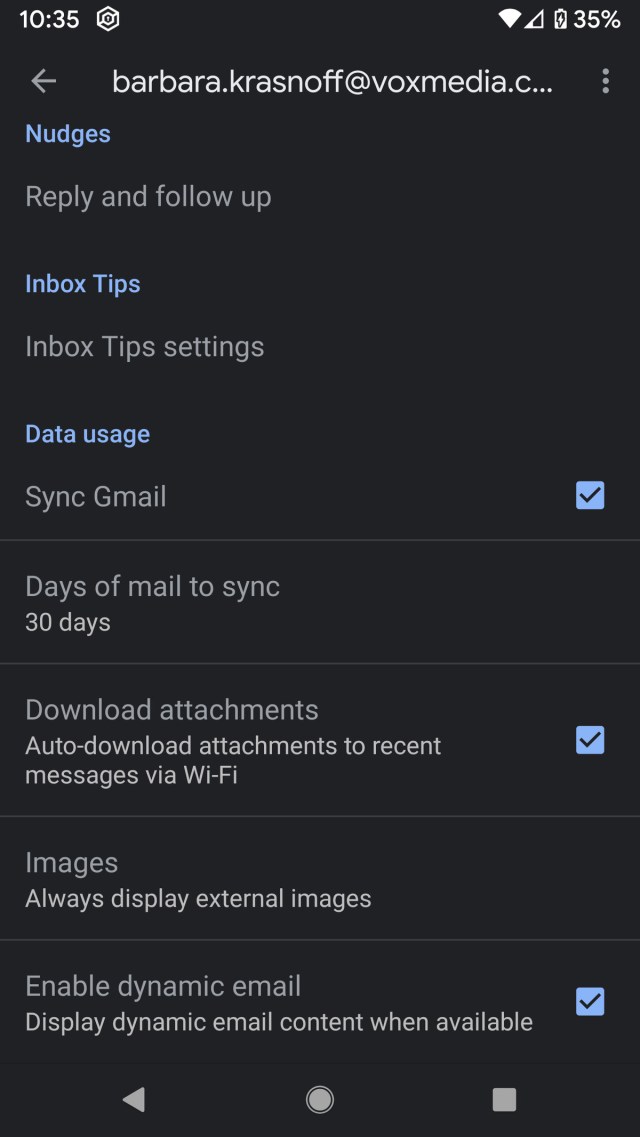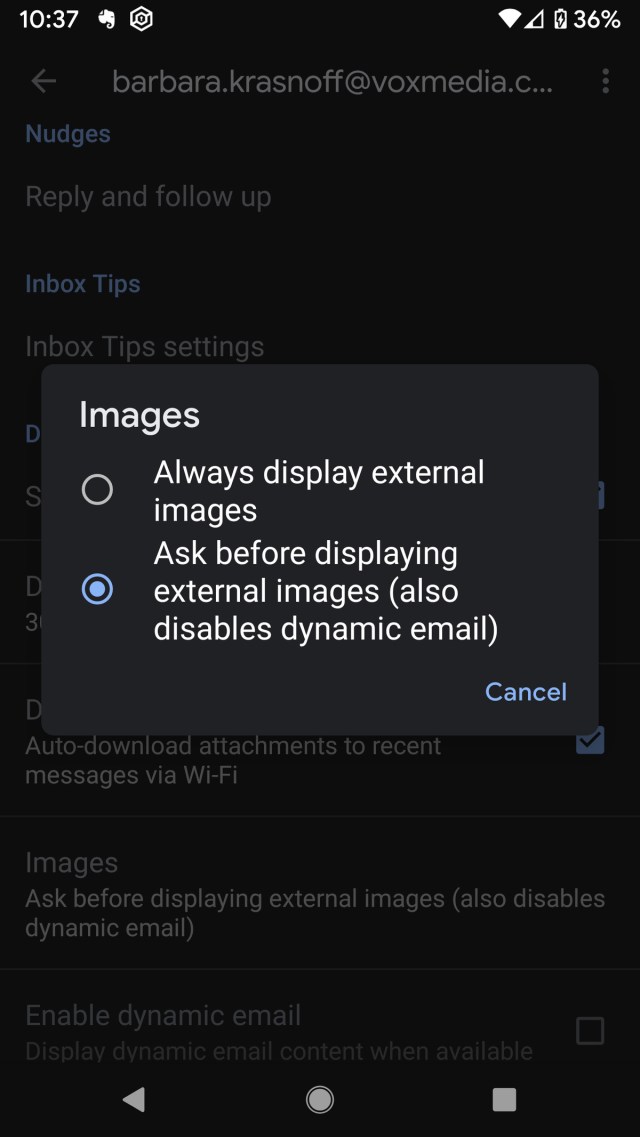How to prevent being tracked while reading your Gmail
All of those obnoxious marketing emails that crowd your inbox aren’t just pushing a product. They’re also tracking whether you’ve opened the email, when you opened it, and where you were at the time by embedding tracking software into the message. Just type “email tracking” into your search engine and watch all the software apps appear.
There are a variety of methods used to track emails. For example, one of the simplest is a redirect link. Let’s say you click a link in a promotional email that leads to the page for a product you want to buy. The link has been coded to be trackable; it will go to another server with a variety of data, like what browser you are using or where you clicked the link from, before it takes you to the article.
But while it’s fairly easy to spot a redirect link (for one thing, you can often spot all the additional code added to the URL), there are other methods that aren’t quite so obvious. The method that we’re looking at here is tracking pixels.
How does it work? A single tracking pixel is embedded into the email, usually (but not always) hidden within an image or a link. When the email is opened, code within the pixel sends the info back to the company’s server.
There have been some attempts to restrict the amount of information that can be transmitted this way. For example, since 2014, Google has served all images through its own proxy servers, which could hide your location from at least some tracking applications. Extensions such as Ugly Mail and PixelBlock have been developed to block trackers on Chrome and Firefox. And there are alternative browsers that emphasize privacy such as Brave and the Tor Browser.
There is also a simple step you can take to avoid most trackers: stop your email from automatically loading images, since images are where the majority of these pixels hide. You won’t be able to avoid all of the trackers that might be hidden in your email this way, but you will stop many of them.
Disable image autoloading on a computer
- Click on the gear icon in the upper right corner.
- Click on “See all settings.”
- In the “General” tab (the first one), scroll down to “Images.”
- Select “Ask before displaying external images.”
- Scroll down to the bottom of the page and click on “Save Changes.”
Note that this will also turn off Gmail’s dynamic email feature, which makes email messages more interactive.

Disable image autoloading on a mobile device
- In the Gmail app, select the three-line icon in the upper left corner.
- Scroll down and select “Settings.”
- Select the email account you want to fix.
- Scroll down to and select “Images.”
- Select “Ask before displaying external images (also disables dynamic email).”


All of those obnoxious marketing emails that crowd your inbox aren’t just pushing a product. They’re also tracking whether you’ve opened the email, when you opened it, and where you were at the time by embedding tracking software into the message. Just type “email tracking” into your search engine and…
Recent Posts
- Volvo ES90 will charge faster, drive farther than other Volvo EVs
- The truth about GenAI security: your business can’t afford to “wait and see”
- How Claude’s 3.7’s new ‘extended’ thinking compares to ChatGPT o1’s reasoning
- ‘We’re nowhere near done with Framework Laptop 16’ says Framework CEO
- Razer’s new Blade 18 offers Nvidia RTX 50-series GPUs and a dual mode display
Archives
- February 2025
- January 2025
- December 2024
- November 2024
- October 2024
- September 2024
- August 2024
- July 2024
- June 2024
- May 2024
- April 2024
- March 2024
- February 2024
- January 2024
- December 2023
- November 2023
- October 2023
- September 2023
- August 2023
- July 2023
- June 2023
- May 2023
- April 2023
- March 2023
- February 2023
- January 2023
- December 2022
- November 2022
- October 2022
- September 2022
- August 2022
- July 2022
- June 2022
- May 2022
- April 2022
- March 2022
- February 2022
- January 2022
- December 2021
- November 2021
- October 2021
- September 2021
- August 2021
- July 2021
- June 2021
- May 2021
- April 2021
- March 2021
- February 2021
- January 2021
- December 2020
- November 2020
- October 2020
- September 2020
- August 2020
- July 2020
- June 2020
- May 2020
- April 2020
- March 2020
- February 2020
- January 2020
- December 2019
- November 2019
- September 2018
- October 2017
- December 2011
- August 2010